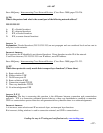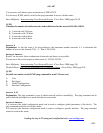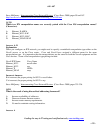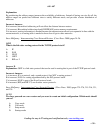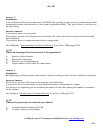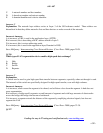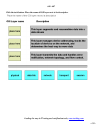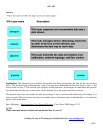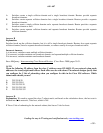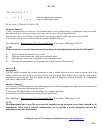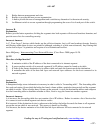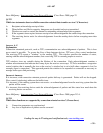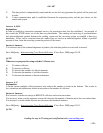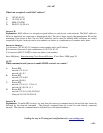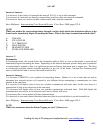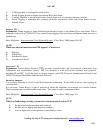
640 - 607
Leading the way in IT testing and certification tools, www.testking.com
- 135 -
A. Switches create a single collision domain and a single broadcast domain. Routers provide separate
broadcast domains.
B. Switches create separate collision domains but a single broadcast domain. Routers provide a separate
broadcast domains.
C. Switches create a single collision domain and a separate broadcast domain. Router provides a separate
broadcast domain as well.
D. Switches create separate collision domains and separate broadcast domains. Routers provide separate
collision domains.
Answer: B
Explanation:
Switches break up the collision domains, but it is still a single broadcast domain. Routers also create separate
collision domains, but also separate broadcast domains, as routers usually do not pass broadcast traffic.
Incorrect Answers:
A is incorrect; switches create multiple collision domains.
C is incorrect; switches maintain one broadcast domain, and separate/multiple collision domains.
D is incorrect; switches maintain one broadcast domain.
Steve McQuerry. Interconnecting Cisco Network Devices. (Cisco Press: 2000) pages 30-31.
Q. 219
Given the following IP address from the class C address range 192.168.21.12 your network plan needs
addresses for twenty-eight small offices. Each office uses its own subnet. The network designs specify that
you configure for 5 bits of subnetting when you configure for this in the Cisco IOS software. Which
subnet mask should you use?
A. 255.255.0.28
B. 255.255.255.0
C. 255.255.255.28
D. 255.255.255.248
E. 255.255.255.252
Answer: D
Explanation:
We need to expand the class C subnet mask, and based on the calculation above, the last octet is
divided into 5 bits network, 3 bits host, which is 248.
If I have 5 bits of subnetting for the network subnet, that leaves 3 bits for hosts.



